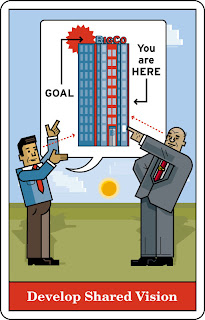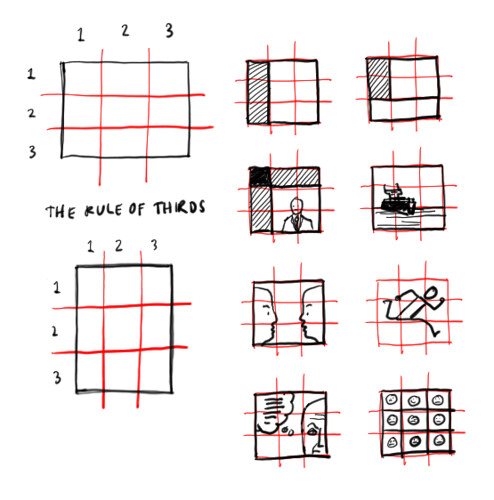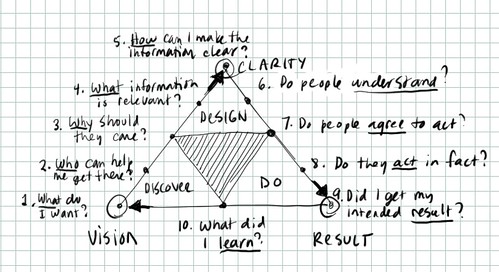 PowerPoint. People either love it or hate it. There is no doubt that Powerpoint has had an influence on the world — but is it a positive one or a negative one? And who decides?
PowerPoint. People either love it or hate it. There is no doubt that Powerpoint has had an influence on the world — but is it a positive one or a negative one? And who decides?
Here’s what the experts say:
The case for evil:
Edward Tufte, information design expert and author of several books on the subject, recently wrote an article excoriating PowerPoint in Wired magazine, entitled PowerPoint is Evil. In it, Tufte compared PowerPoint to tools of propaganda and control:
“PowerPoint’s pushy style seeks to set up a speaker’s dominance over the audience. The speaker, after all, is making power points with bullets to followers. Could any metaphor be worse? Voicemail menu systems? Billboards? Television? Stalin?”
He goes on to make the argument that statistical data should be presented in one slide as opposed to several:
“When information is stacked in time, it is difficult to understand context and evaluate relationships. Visual reasoning usually works more effectively when relevant information is shown side by side. Often, the more intense the detail, the greater the clarity and understanding. This is especially so for statistical data, where the fundamental analytical act is to make comparisons.”
 The case for good:
The case for good:
Donald A. Norman, former Apple Fellow and author of The Design of Everyday Things, responds in defense of PowerPoint:
“Tufte is a statistician and I suspect that for him, nothing could be more delightful than a graph or chart which can capture the interest for hours, where each new perusal yields even more information. I agree that this is a marvelous outcome, but primarily for readers, for people sitting in comfortable chairs, with good light and perhaps a writing pad. For people with a lot of time to spend, to think, to ponder. This is not what happens within a talk. Present a rich and complex slide and the viewer is lost. By the time they have figured out the slide, the speaker is off on some other topic.”
PowerPoint, true to its name, is a powerful tool. It can be used for good or evil and it can certainly be misused. Abuse of the tool is so common that it has become synonymous with the tool itself: Peter Norvig’s excellent satire, The Gettysburg Address as a PowerPoint Presentation, makes the case especially well.
But who’s to blame?
Should we condemn the tool because people misuse it? We can’t in good conscience blame the tool or the well-intentioned people who try to use it. They are simply following the guidelines, templates and wizards within PowerPoint.
“Wait a second!” you say. If PowerPoint is neither good nor evil, and the people who use it have good intentions and are trying their best, why are there so many terrible PowerPoints out there? Who’s fault is it?
It’s the wizards.
The wizards and templates within PowerPoint lead us astray. PowerPoint is a visual tool, yet the default setup is text with bullet points. Most of the “design” templates are cluttered or badly designed. The content wizards serve up bland, bullet-point-ridden generic outlines and seem to “autochoose” the ugliest design templates available.
They coach us towards bullet points, chartjunk, “meeting by template” and a thousand other “deaths by PowerPoint.” Microsoft makes great tools but when they try to deliver content they seem to fail. A more successful strategy seems to be partnering with content providers as they did with MSNBC.
Wizards, like consultants, come in all flavors, and the ones that dwell in PowerPoint are particularly capricious and not to be trusted. Follow their advice at your peril.

 Presentations need an overhaul. I don’t mean your PowerPoint or your presentation style; I mean our cultural approach to presenting. We need to take another look at it.
Presentations need an overhaul. I don’t mean your PowerPoint or your presentation style; I mean our cultural approach to presenting. We need to take another look at it.

 The rule of thirds is a principle of composition that helps you keep your images dynamic.
The rule of thirds is a principle of composition that helps you keep your images dynamic.
